Plugging in a power adaptor with mismatched voltage will damage an electronic device. However, plugging in a power adaptor with mismatched current rating will not. Why is this do?
-
1Take a look at the reasons for downvoting: "This question does not show any research effort". Next time, spend at least five minutes trying to find the answer _on your own_. – pipe Apr 09 '17 at 14:08
4 Answers
A voltage is an applied force. Too high a voltage can overstress and damage a weaker component not built to withstand it.
A current is an allowed flow, not a stressing force.
This is page 1 line 1 stuff, though. Have a look on the internet, search for...well, 'electronics page 1 line 1'. Or just 'voltage current theory' or 'dc circuit theory' will start you off OK.
- 21,742
- 4
- 39
- 62
A power adapter always delivers the full voltage it's rated to, but only delivers as much current as the load needs to draw (up to its maximum rated current, see N.B.).
With this in mind, you just apply Ohm's law \$I = \dfrac{V}{R}\$ and check whether your adapter-load system will be fine. Look at the following examples using the same power adapter:
Example 1:
- Power adapter: 12 VDC, 1,000 mA max current
- Load: 100 Ohm
- Current draw: I = 12/100 = 120 mA < 1,000 mA max OK!
Example 2:
- Power adapter: 12 VDC, 1,000 mA max current
- Load: 50 Ohm
- Current draw: I = 12/50 = 240 mA < 1,000 mA max OK!
Example 3:
- Power adapter: 12 VDC, 1,000 mA max current
- Load: 10 Ohm
- Current draw: I = 12/10 = 1,200 mA > 1,000 mA max NOT OK!
Examples 1 and 2 shows you that the loads get the full 12V and draw as much current as they need because it's within the adapter current capability. For what will happen in example 3, see N.B.
Note below:
If your load wants to draw a current above the adapter's maximum rating then bad things will start to happen, like the adapter not being able to deliver its full voltage rating. Or catching fire.
- 13,064
- 6
- 46
- 63
- 5,741
- 6
- 22
- 40
To be specified, overvoltage your device is used to be harmful, as per well described answer here.
For the current mismatch, back to the simple Ohm's law that indicates:
V = I R
Extreme current can destroy both passive and active components due to overheating caused in device components, where low current based on power law:
P = V I
will requires more voltage to provide the needed power to operate, which could cause a damage as mentioned above.
another explanation will be found here
However, plugging in a power adaptor with mismatched current rating will not.
In most cases this is true, but not always. If the power adapter is unregulated and/or is designed to limit current (eg. for charging a battery) then its output voltage at lower current may be much higher than the nameplate rating.
For example, here is a power adapter from an old Nokia cellphone:-
And this it what it puts into a 100Ω load:-
Devices that are designed to be powered from an unregulated adapter can usually tolerate some over-voltage because they expect it. Others may need a regulated voltage source, and might be damaged by even a small increase. Unless you know the actual output characteristics of an adapter and the voltage tolerance of the device, you cannot assume that they will be compatible unless the manufacturer says so.
- 55,540
- 1
- 47
- 89

